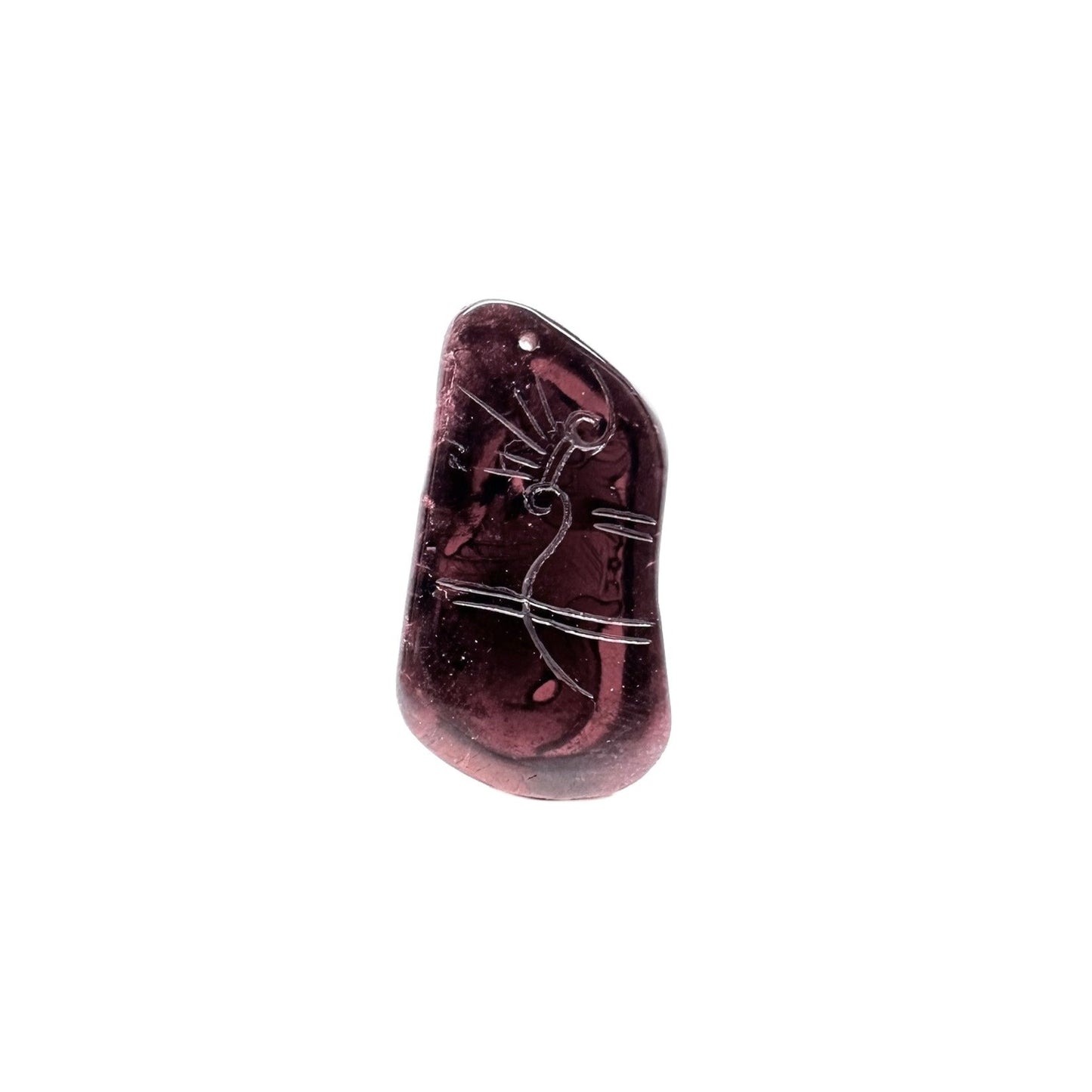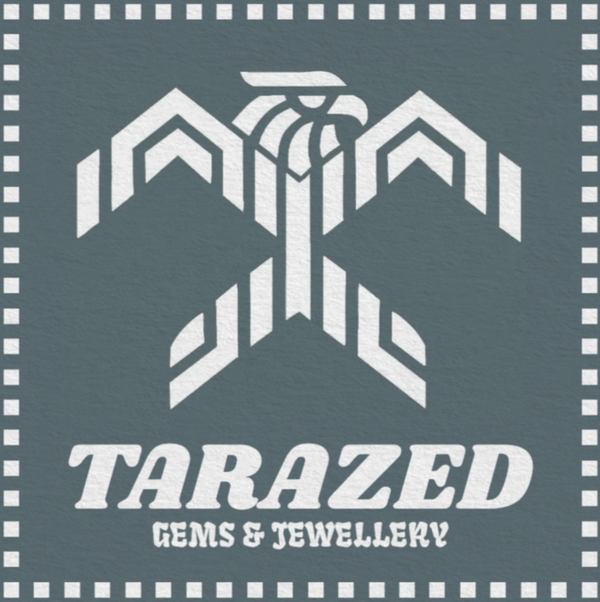Tarazed Gems & Jewellery
Pink Tourmaline Chiwen Dragon (蚩吻) Carving
Pink Tourmaline Chiwen Dragon (蚩吻) Carving
Couldn't load pickup availability
Pink Tourmaline Chiwen Dragon (蚩吻) Carving
Mineral: Tourmaline
Origin: Unknown
Color: Reddish Orangeish Pink
Treatment: None Known.
Approximate Dimensions: 4cm x 2cm x 0.8cm
Weight: 12g
Note: Does NOT stand on it's own.
10% of this purchase will be donated to GreenPeace East Asia
Chiwen (蚩吻) is a Chinese dragon, and in Chinese mythology is one of the nine sons of the dragon. He is depicted in imperial roof decorations and other ornamental motifs in traditional Chinese architecture and art.
The name for this dragon is chīwěn (蚩吻), which compounds chī (蚩; 'hornless dragon; young dragon') and wěn (吻; '[animal's] mouth'). Chīshǒu (螭首) and Chītóu (螭頭), both literally meaning "hornless-dragon head", are similar architectural ornaments or waterspouts, comparable with Western gargoyles, but are not related to the mythological character.
Chiwen is alternatively written 鴟吻; 'owl mouth', using the homophonous character chī (鴟; 'owl/bird of prey'). The chīwěi (鴟尾; 'owl tail') and chīméng (鴟甍; 'owl roof-ridge') are additional birdlike roof decorations.
The chiwen is listed second or third among the Lóng shēng jiǔzǐ (龍生九子; 'dragon gives birth to nine young'), Nine Dragons (九龍; jiǔlóng), which are traditional mythological creatures that have become traditional Chinese feng shui architectural decorations. Each one of the nine dragons has a protective function. The Nine dragons are also used in many place names in Hong Kong, such as Kowloon, literally meaning "nine dragons" in Cantonese, as well as numerous lakes, rivers and hamlets in mainland China.
According to the Ming Dynasty Wuzazu (五雜俎) "The ch'i-wen, which like swallowing, are placed on both ends of the ridgepoles of roofs (to swallow all evil influences)."
Welch describes chiwen as "the dragon who likes 'to swallow things'".
This is the fish-like, hornless dragon with a very truncated body and large, wide mouth usually found along roof ridges (as if swallowing the roof beams). His presence on roofs is also said to guard against fires. A paragraph in the Tang dynasty book Su Shi Yan Yi (蘇氏演義) by Su E (蘇鶚) says that a mythical sea creature called the chi wen was put on the roofs of buildings during the Han dynasty to protect the structures from fire hazards. This dragon is still found on the roofs of traditional Chinese homes today, protecting the inhabitants from fires.
In Fengshui theory, a chiwen or chiwei supposedly protects against not only fires, but also floods and typhoons.
Brightly colored Ceylonese gem tourmalines were brought to Europe in great quantities by the Dutch East India Company to satisfy a demand for curiosities and gems. Tourmaline was sometimes called the "Ceylonese Sri Lankan Magnet" because it could attract and then repel hot ashes due to its pyroelectric properties.
Tourmalines were used by chemists in the 19th century to polarize light by shining rays onto a cut and polished surface of the gem.
The Empress Dowager Tzu-hsi (1835-1908), the last Empress of China, was obsessed with pink tourmaline, and bought virtually the entire production of gem quality material from the mines in San Diego County during the last years of her life.
Color may vary in images and videos due to different lightings and angles.
Share




